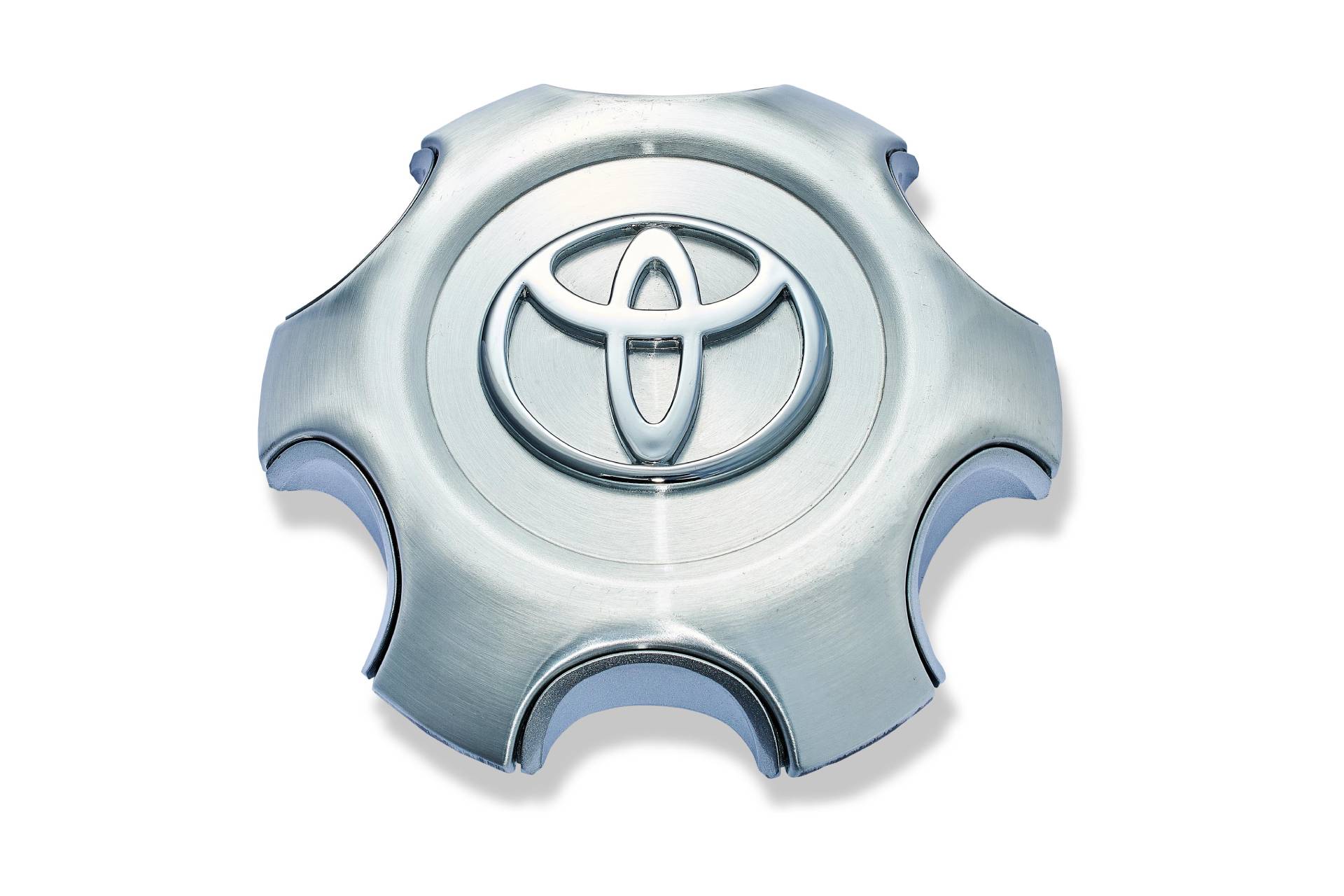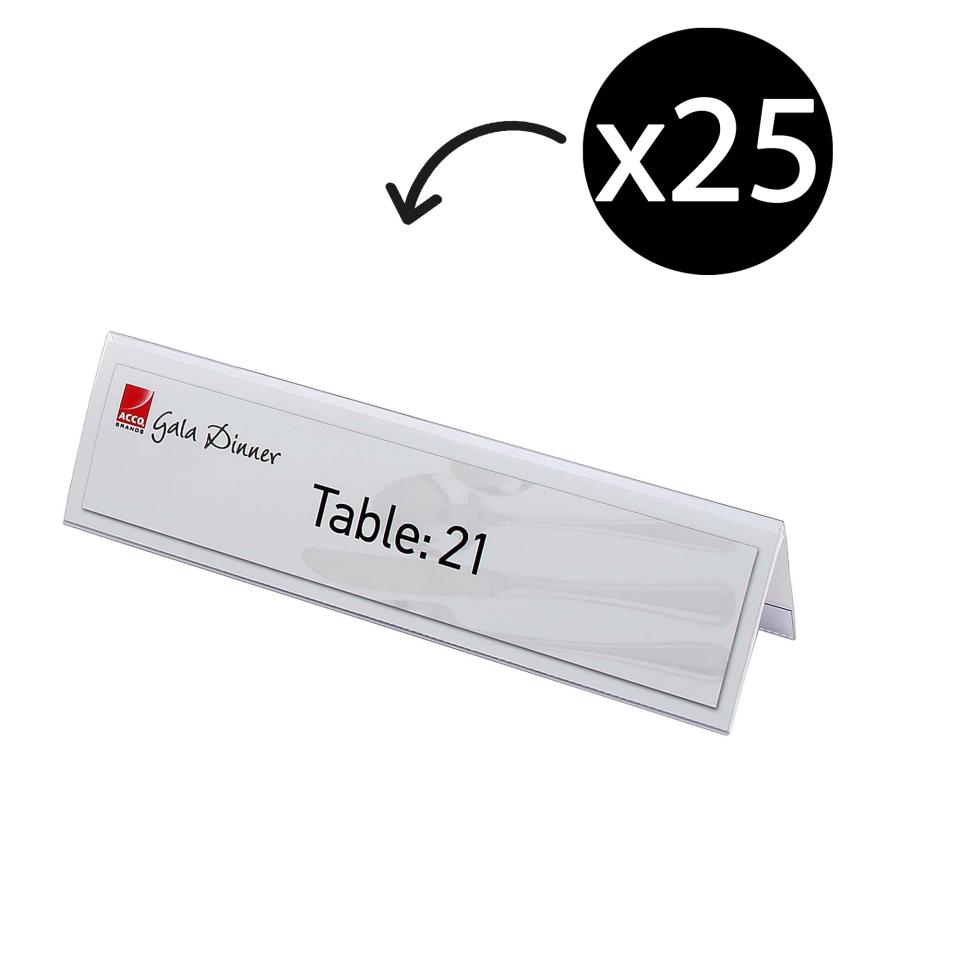How Plastic Nameplates Improve Operational Efficiency Across Industries
Exactly How Plastic Nameplates Are Produced: A Comprehensive Overview to Their Manufacturing Process
The manufacturing of plastic nameplates entails a number of precise actions, beginning with the choice of suitable materials to the last finishing touches. Each phase is important, guaranteeing the product fulfills specific requirements for toughness and appearances. Various production techniques play a substantial function in crafting these nameplates. Comprehending these processes can clarify the complexities behind what could look like a simple item. What aspects add to the top quality and personalization of these nameplates?
Understanding Plastic Materials Used for Nameplates

The Design Refine: From Concept to Model
The layout procedure for plastic nameplates begins with a clear concept that overviews the overall development. Developers team up with customers to specify the function, style, and particular demands of the nameplate. This first stage includes brainstorming sessions, laying out concepts, and selecting shades and font styles that line up with branding goals.Once the idea is developed, developers make use of computer-aided design (CAD) software application to produce in-depth digital representations. These models enable for visualization and changes before progressing. Feedback from stakeholders is integral throughout this stage, as it assists improve the style to satisfy expectations.After wrapping up the electronic prototype, a physical design might be created, typically via strategies like 3D printing. This tangible representation makes it possible for further assessment of visual appeals and performance. In general, the style procedure is an essential step that lays the foundation for the efficient manufacturing of high-quality plastic nameplates.
Reducing and Forming the Plastic
In the cutting and forming phase of plastic nameplate production, the choice of products plays a crucial function in figuring out the last item's top quality and longevity (Plastic Nameplates). Numerous accuracy cutting techniques, such as laser cutting and CNC machining, assurance that the plastic is formed with accuracy and consistency. This mix of mindful material selection and progressed reducing techniques is essential for creating top quality nameplates

Material Selection Refine
Choosing the ideal material is important for generating top notch plastic nameplates. Different kinds of plastics are offered, each offering distinct benefits and attributes. Common selections consist of acrylic, polycarbonate, and PVC. Acrylic is preferred for its clearness and UV resistance, making it ideal for outdoor applications. Polycarbonate, understood for its longevity and impact resistance, appropriates for settings that require improved protection. PVC is commonly selected for its cost-effectiveness and adaptability in style. The selection process also thinks about elements such as density, surface, and color finish, which can greatly influence the final appearance and functionality of the nameplate. Inevitably, the chosen material must line up with the meant use and visual objectives of the plastic nameplate.
Accuracy Trimming Techniques
While selecting the proper material prepares, precision reducing methods play a crucial duty fit the plastic nameplates into their final kinds. Various methods, including laser cutting, CNC milling, and die reducing, are employed to attain accuracy and uniformity. Laser cutting makes use of concentrated light to generate tidy sides and detailed designs, suitable for complex patterns. CNC milling uses flexibility by removing excess product with accuracy, suiting different densities and shapes. Pass away cutting, on the other hand, enables automation of consistent pieces, boosting performance. Each technique is picked based upon the style specs and the desired coating, guaranteeing that the end product fulfills quality standards and customer assumptions while preserving durability and visual appeal.
Printing Strategies for Modification
Exactly how can producers attain vivid and accurate layouts on plastic nameplates? The response depends on different printing strategies tailored for personalization. Digital printing has gained appeal due to its capability to create elaborate layouts and high-resolution images straight onto plastic surface areas. This approach permits fast turnaround times and very little setup prices, making it excellent for short runs and personalized orders.Screen printing stays an additional widely made use of strategy, specifically for bigger amounts. It entails producing a stencil and applying layers of ink, causing rich shades and sturdiness. UV printing, which makes use of ultraviolet light to cure the ink, is also reliable, offering outstanding bond and resistance to fading.Additionally, pad printing provides adaptability for irregularly designed nameplates, enabling in-depth styles on challenging surfaces. These printing methods make it possible for manufacturers to meet diverse client needs while guaranteeing top quality and long life in their plastic nameplate items.
Surface Area Treatments and Finishing Options

Quality Assurance Actions in Production
Guaranteeing the highest standards of quality assurance throughout the manufacturing of plastic nameplates is crucial for preserving item integrity and consumer satisfaction. Manufacturers execute rigorous examination methods at various stages of the production procedure. Raw materials go through comprehensive testing to verify they meet specifications for longevity and color uniformity. During the molding stage, automated systems check specifications such as temperature level and stress to avoid defects.In enhancement, aesthetic examinations are conducted to recognize any type of surface area imperfections or imbalances. Once the nameplates are created, they go through practical tests, consisting of attachment tests for published aspects and tension tests for longevity. Quality control teams frequently use analytical tasting approaches to evaluate sets, seeing to it that any kind of variances from standards are promptly resolved. This detailed technique not only boosts item high quality but additionally promotes depend on with customers, verifying the supplier's commitment to excellence in every nameplate produced.
Packaging and Distribution of Finished Nameplates
The product packaging and recommended you read circulation of ended up plastic nameplates are essential steps in ensuring they get to customers in ideal problem. Various packaging products are picked to shield the nameplates throughout transportation, while delivering methods are thoroughly selected based on performance and cost-effectiveness. Additionally, efficient storage space services are executed to maintain quality up until the nameplates are supplied.
Product Packaging Products Used
Selecting proper packaging products is necessary to ensure their security during transportation when dispersing completed plastic nameplates. Generally utilized products include bubble cover, foam extra padding, and cardboard boxes, all made to support the nameplates versus shocks and impacts. Bubble wrap supplies an adaptable obstacle, while foam cushioning assurances that nameplates remain firmly in location, reducing the danger of scrapes or damage. Furthermore, tough cardboard boxes are made use of to have the nameplates, providing architectural support and defense from exterior aspects. Tags may be related to show managing guidelines or breakable materials, even more boosting safety throughout transportation. Generally, making use of top notch product packaging materials substantially contributes to the stability and discussion of the ended up plastic nameplates upon arrival at their destination.
Shipping Techniques Used
Effective circulation of completed plastic nameplates depends on different shipping techniques that ensure protected and prompt distribution. Companies typically utilize courier services, freight delivery, and post offices, depending on the dimension, weight, and location of the packages. For local shipments, copyright services give rapid transit, guaranteeing nameplates reach clients swiftly. For bigger orders, products delivery is favored, making use of vehicles or delivery containers to carry mass amounts effectively. Post offices work as an economical option for smaller sized shipments, particularly for domestic deliveries. All shipping approaches prioritize protective product packaging to avoid damages throughout transit. Tracking systems are additionally used to keep an eye on shipments, providing clients with real-time updates and confidence relating to the status of their orders.
Storage Space Solutions Implemented

Regularly Asked Inquiries
What Sorts Of Services Commonly Use Plastic Nameplates?
Plastic nameplates are generally used by various businesses, consisting of workplaces, factories, colleges, and hospitals. These nameplates offer crucial features such as identification, info screen, and branding, contributing to organizational performance and specialist appearance throughout varied environments.
How much time Does the Entire Production Process Take?
The production process duration varies based on intricacy and quantity, typically ranging from a few days to several weeks. Elements affecting this timeline include style approval, product availability, and production techniques utilized by the business.
Can Plastic Nameplates Be Recycled After Use?
Plastic nameplates can be recycled, given they are made from recyclable materials. The availability of recycling programs and local policies might influence their recyclability. Correct disposal practices are important to ensure reliable recycling.
What Are the Environmental Impacts of Plastic Nameplate Manufacturing?
The ecological influences of plastic nameplate production include carbon discharges, resource exhaustion, and pollution from making Our site procedures. Plastic Nameplates. Additionally, improper disposal adds to plastic waste, adversely affecting environments and wildlife, highlighting the need for sustainable methods
Are There Any Type Of Security Worry About Plastic Nameplates?
Safety and security problems pertaining to plastic nameplates mainly entail potential chemical exposure throughout production and the risk of materials degrading in time, which may cause harmful compounds being released, impacting both human health and the environment. While numerous materials can be used for nameplates, plastic stays a prominent choice due to its flexibility and toughness. In the cutting and shaping phase of plastic nameplate production, the choice of products plays a vital function in identifying the last product's top quality and toughness. Choosing the ideal material is important for producing top notch plastic nameplates. While selecting the appropriate product lays the foundation, precision reducing strategies play a vital role in forming the plastic nameplates into their last kinds. When distributing finished plastic nameplates, choosing ideal product packaging materials is important to assure their protection throughout transit.